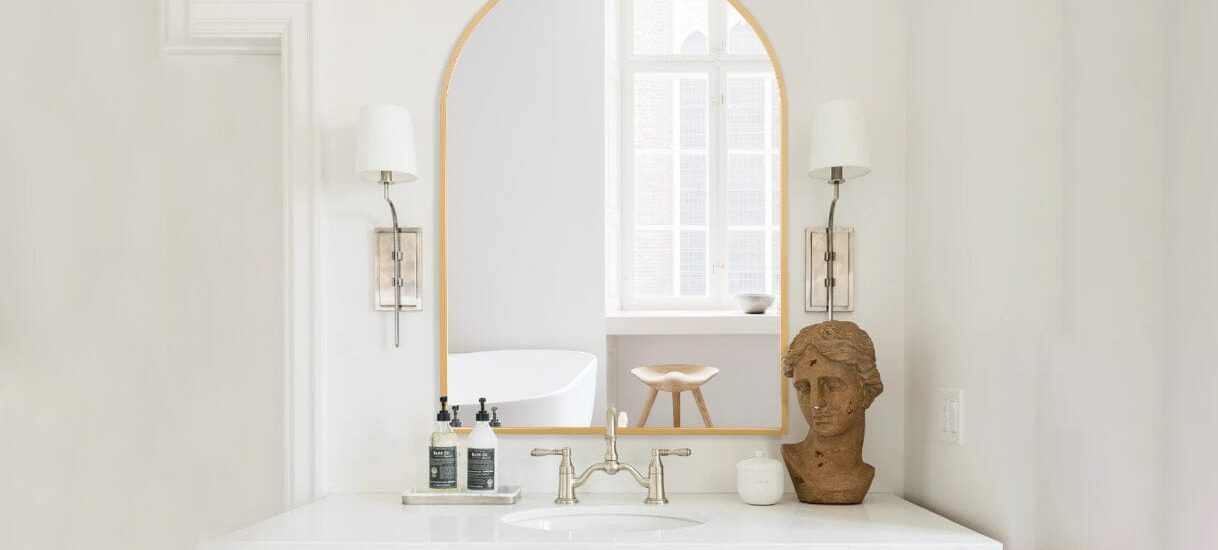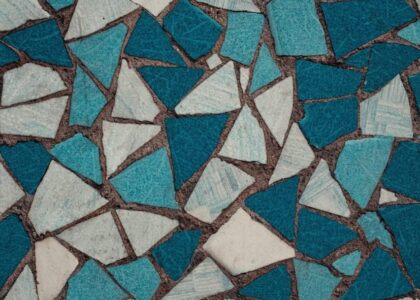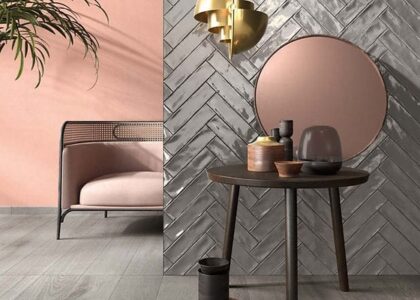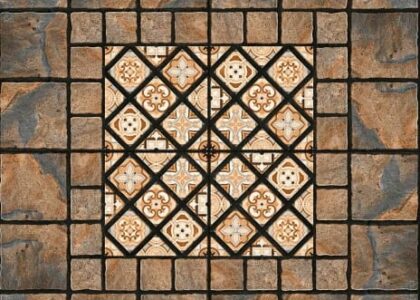History of product :
The earliest evidence of mirrors being used as grooming tools dates back to the 5th century CE, when illustrations of Greeks using hand mirrors were found on antique pottery. The ancient Egyptians used mirrors made of polished bronze as early as 2900 BC. These mirrors were shaped into flat round discs with handles made of wood, metal, or ivory. Glass mirrors first appeared in the 1st century CE. During the European Renaissance, Venetian manufacturers revolutionized mirror production by applying metallic backings to glass sheets. This method is still the most common way to make mirrors today. Mirrors have evolved into objects of art and innovation, from ornate frames to smart mirrors.
Who :
chemist Justus von Liebig A discovery by the great German chemist Justus von Liebig in 1835 made mirrors widely available. Liebig found a way to cut glass with a thin layer of metallic silver by depositing the metal directly by means of a chemical reaction.
What :
The first mirrors were found in Anatolia (modern day Turkey) dating back to 6000 BC, according to vision scientist Dr Jay Enoch, published in the vision science journal. These mirrors were made from polished stone, such as naturally occurring volcanic glass polished obsidian mirrors.
Where :
These islands, including the notable Isla In Chuasi, afford a unique vantage point and breathtaking panoramic view of the Salar. During the rainy season, Salar De Uyuni is covered in very clear water, making it the largest natural mirror in the world. The salar is a photographer wonderland.
Which :
The Aranmula Metal Mirror is a unique object, mysterious in its creation unequalled in its beauty. Its creation is a closely guarded secret, known to a few families in Aranmula.
How product is made :
Modern mirrors are largely produced by the wet deposition of silver or aluminium. The process begins with the cleaning and polishing of the glass substrate to remove impurities and contaminants. The glass then requires a series of coatings beginning with tin chloride because silver will not bond directly with glass.
Indian product market :
The origins of the Aranmula kannadi are linked to Aranmula Parthasarathy Temple. According to legend, centuries ago the royal chief brought eight families of temple artisans and craftsmen from Tirunelveli district in Tamil Nadu to Aranmula to create the mirrors in the temple.






